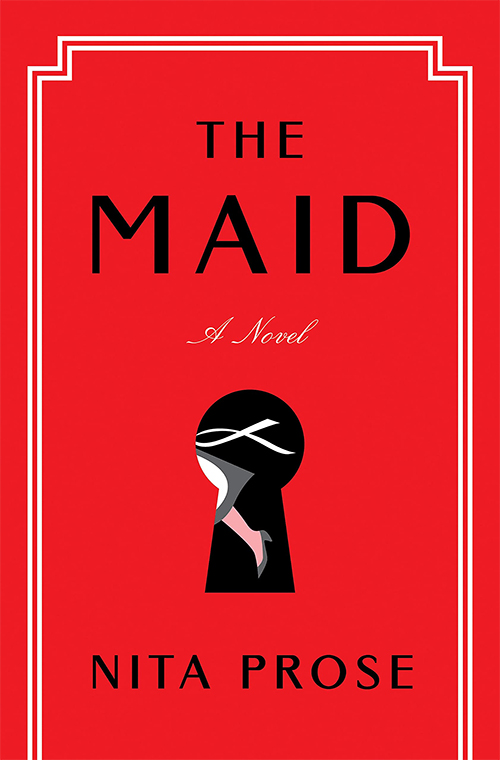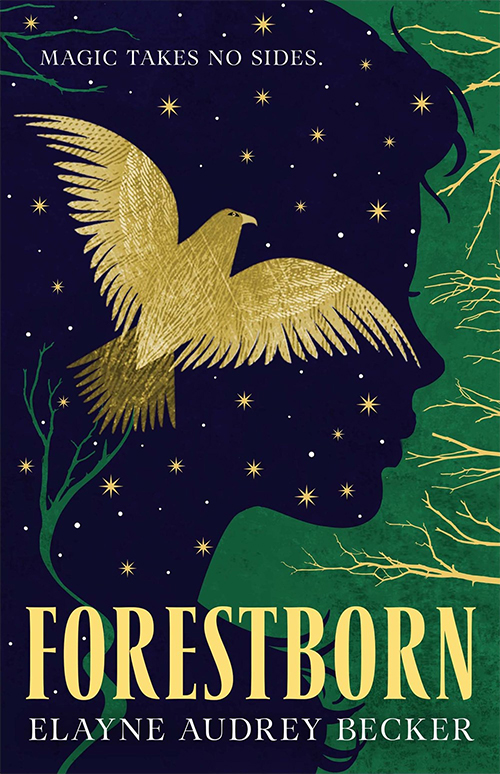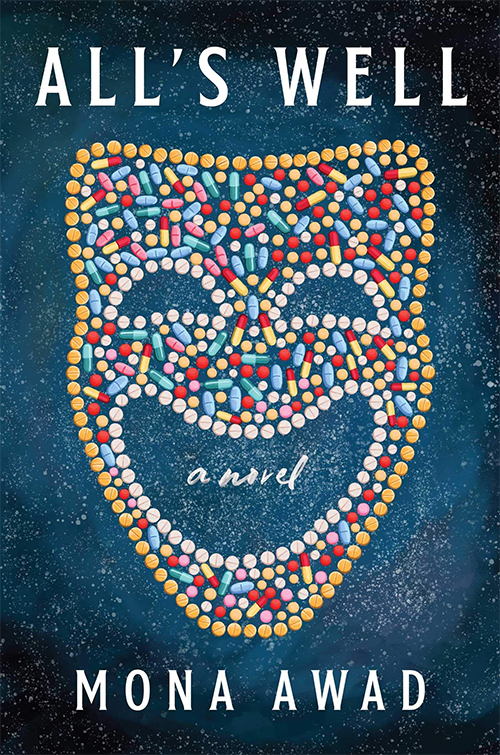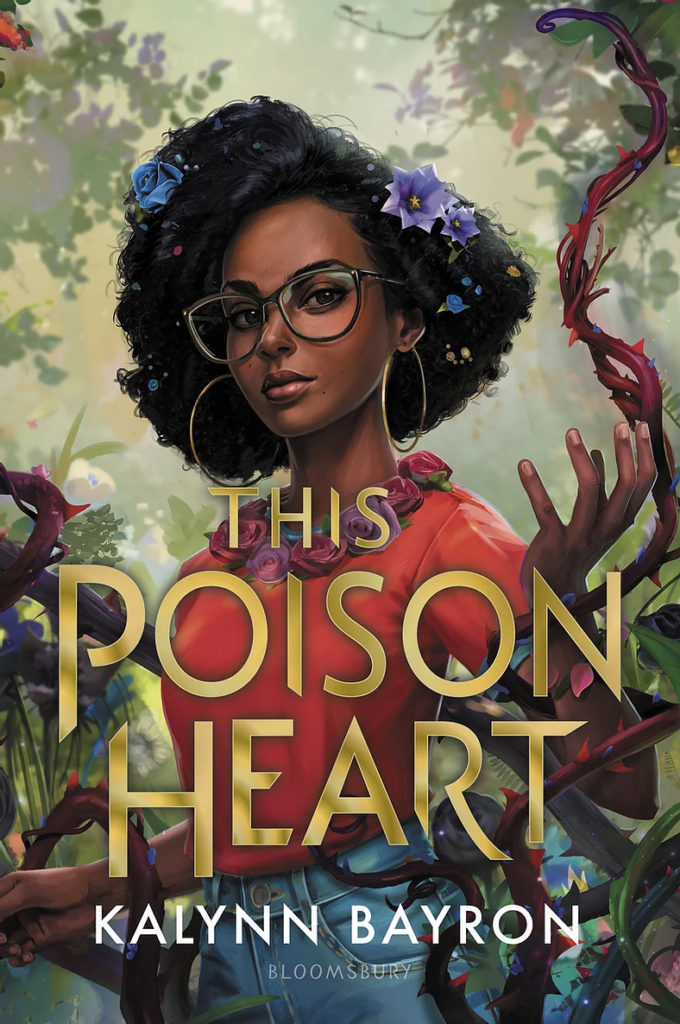Among Thieves by M. J. Kuhn is a high fantasy adventure featuring a merry band of queer misfits who must work together to pull off an impossible heist. Sounds manageable enough…unless they’re all scheming to double-cross each other the entire time. Brought together by a common enemy — the Guildmaster who rules over the five kingdoms of Thamorr — Ryia Cuatella and this plucky group of outsiders must carefully tread the line that glimmers between monster and menace to dismantle an oppressive magical system that could change life as they know it.
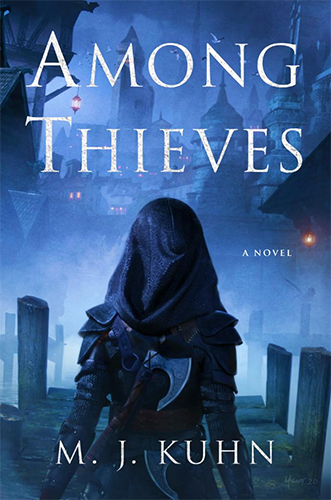
Long after gold had lost its charm and men no longer had a taste for bread and wine, words would still hold their value.
M. J. Kuhn, Among Thieves
From the summary, I expected Among Thieves to focus solely on Ryia, but each chapter is told from a different character’s point-of-view. Ryia, Evelyn, Nash, Ivan, and Tristan all come with their own motives and backstories, so initially, it was difficult to understand who we’re supposed to be rooting for. I kept muddling through chapters that weren’t about Ryia because I was waiting to return to the story and character that initially sparked my interest. Fortunately, I was able to appreciate the storytelling format as I got further into the heist plot, but the alternating chapters meant it took a long time to get my bearings.
Kuhn’s ability to develop characters and personalities that can blend well together and stand apart is the driving force behind this novel. It’s a delight to witness this ensemble cast transition from enemies to reluctant allies to something like friends. There are so many comforting found family moments balanced by thrilling fights and blindsides that make for a gripping story that isn’t too easy to predict. Character foils Ryia and Evelyn are my favorites, but I have to admit I have a soft spot for Tristan, too!
Magic was something to be feared, not bought and chained.
M. J. Kuhn, Among Thieves
Among Thieves is full of twists and turns and doesn’t read like a typical debut. Kuhn’s worldbuilding is impressive, full of intricate details that make for a memorable romp in this high fantasy world. I love a good anti-hero story, but the one thing that’s a bit of a speed bump with this one is it’s challenging to keep up with a plot that’s constantly stretching in at least five different directions. Still, the suspense ramps up as the novel progresses, and that ending is going to leave you begging for the sequel!
Thank you to NetGalley and Gallery Books/Saga Press for sharing an advanced reader copy of this book in exchange for an honest review.

